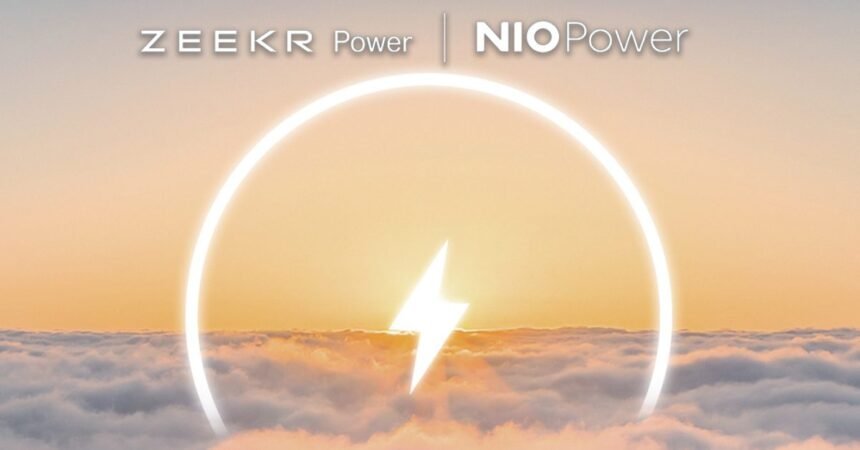ZEEKR and NIO Join Forces to Expand EV Charging Network in China
Chinese EV giants ZEEKR and NIO have made headlines with their recent collaboration to enhance access to their respective charging networks in China. This partnership marks a significant milestone in the EV industry, bringing together cutting-edge technology and extensive infrastructure to benefit electric vehicle drivers across the country.
NIO Power, the infrastructure arm of NIO, boasts a robust network of public battery swap stations and EV superchargers, along with innovative solutions like power mobile and power home. With 2,829 supercharging stations and 13,027 charging piles, as well as 1,741 destination charging stations and 3,337 battery swap stations, NIO has established itself as a key player in the Chinese EV market.
The collaboration with ZEEKR Power, a subsidiary of Geely Automobile Holdings, further strengthens NIO’s charging network by adding ultra-fast superchargers to the mix. ZEEKR’s 1,580 supercharger stations scattered throughout China will now be accessible to NIO and its sub-brands, providing drivers with a seamless charging experience.
Both NIO and ZEEKR have announced the partnership on their Weibo pages, emphasizing the mutual benefits of the collaboration. ZEEKR drivers will gain access to NIO’s EV chargers, while NIO and its affiliated brands will be able to utilize ZEEKR’s supercharger stations. This integration will streamline the charging process for drivers and enhance the overall EV experience in China.
The move reflects China’s commitment to leading the global EV market, with a focus on expanding charging infrastructure to support the growing number of electric vehicles on the road. By offering drivers access to a comprehensive network of chargers, including those from NIO, ZEEKR, Xiaomi, and other manufacturers, China is paving the way for a more sustainable and efficient transportation ecosystem.
In conclusion, the partnership between ZEEKR and NIO signifies a significant step forward in the evolution of EV charging infrastructure in China. By combining their resources and expertise, these two industry leaders are poised to revolutionize the way drivers power their electric vehicles, setting a new standard for accessibility and convenience in the world of electric mobility.







